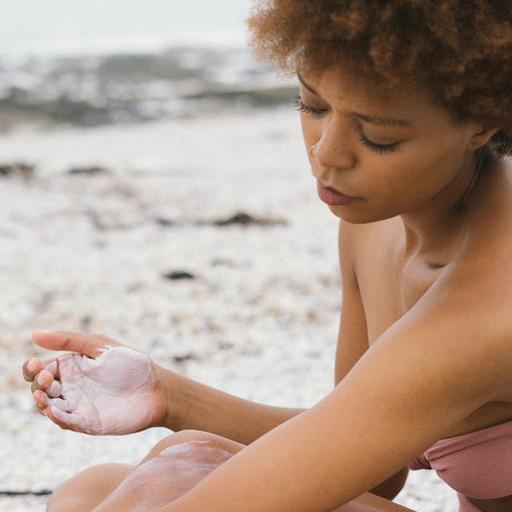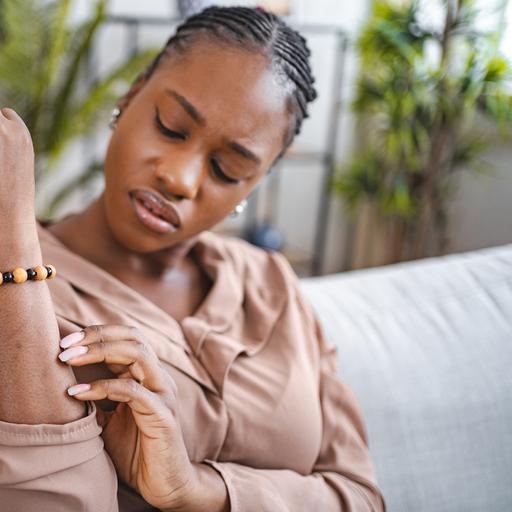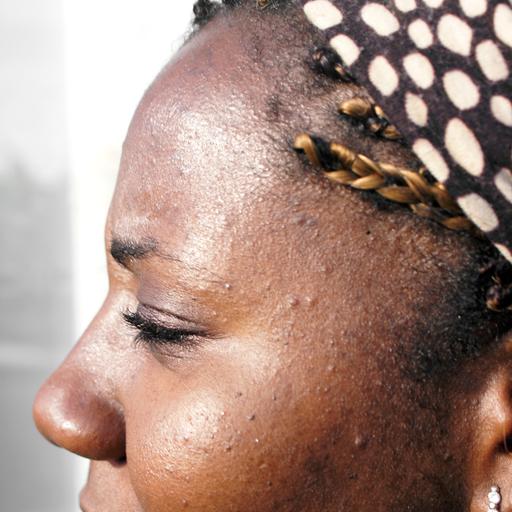Benefits of Petroleum

As a board-certified dermatologist, I know that the key to healthy hydrated skin is moisturize, moisturize, moisturize. Hydrated skin is healthy skin. When we think about skin hydration, the best moisturizers are those that contain a combination of humectants, emollients, and occlusives. Emollients are used to smooth and soften the skin. Examples include dimethicone, grape seed, jojoba oils, cocoa butter, and shea butter. Humectants on the other hand, attract and bind to water molecules, increasing the water content of the skin. They draw water to the skin either from the environment or enhance water absorption from the top layer of the skin. Glycerin and hyaluronic acid are probably the most well-known humectants in moisturizers. Occlusives are products that create a barrier on the skin and therefore prevent water loss by sealing in hydration. They are able to hold hydrating ingredients and moisture in the skin. Petroleum jelly is one of the best-known occlusive agents and is an incredible ingredient, utilized for its moisturizing properties in many types of skincare. Petroleum jelly is not only amazing at soothing irritated skin and promoting wound healing, but it can act as a protective barrier for the skin. Vaseline Healing Jelly and Vaseline All-Over Body Balm Jelly Stick are some of my favorite products that contain petroleum jelly, which do not contain lanolin (an ingredient which some people are sensitive to and may trigger skin reactions, such as eczema).
Whether or not you are prone to dry skin, it is mostly determined by your genetics (such as if other family members experience sensitive skin or allergies); environmental factors (such as the weather conditions in where you live); and/or behavioral factors (e.g. your efforts to moisturize and other daily habits). Dry skin is caused by an impaired skin barrier and dysfunction or deficiency in the necessary healthy fats in the top layer of the skin (cholesterol, fatty acids and ceramides), which are essential to normal skin function. Since the protective lipid layer is responsible for keeping moisture in and bacteria and irritants out (aka our skin barrier), dry skin often presents with redness, flaking, and itching.
Some of the most important steps to help moisturize skin include:
- Using a gentle cleanser
- Avoiding stripping soaps
- Taking shorter showers with warm water
- Applying a thick layer of moisturizing cream within 60 seconds after a shower or bath
A moisturizer with ceramides to help replace those stripped away in dry skin, as well as humectants, can quickly repair the skin barrier. Dehydrated skin on the other hand indicates a lack of water, as opposed to an impaired skin barrier. This can also be addressed by using humectants to attract and bind water molecules, increasing the water content of the skin. Applying occlusives like Vaseline Healing Jelly by itself over top of the skin or within a moisturizing cream also keeps hydration and moisture in the skin.
Slugging is a favorite technique of dermatologists around the world. It is one of the best ways of using petroleum jelly because it seals in moisture and can be applied in areas of the body in most need of hydration and delicate parts of the face, like the lips and eyelids. Slugging is the process of applying a thin layer of petroleum jelly as the final layer in a skincare routine (typically nighttime) to seal in your skincare products including, hyaluronic acid serums and moisturizers overnight. I especially love to use the slugging technique at nighttime, since we lose the most heat and moisture from our skin overnight. It helps prevent and treat dry chapped lips and dry eyelids. The next morning, you would then wash it off with a gentle cleanser. I think slugging is a great skincare technique, especially in the wintertime, for those with aging , dry, or sensitive skin.
This is how I slug at night in the winter:
- Clean your face with a gentle cleanser.
- Apply serums (including HA for hydration), peptides etc.
- Apply moisturizing cream if your skin is feeling super dry.
- Finish with a thin layer of Vaseline Petroleum Jelly. Don’t forget eyelids and lips.
To prevent clogging your pores, I would also try to sleep on your back and consider changing your pillowcase more frequently. While Vaseline Healing Jelly is non- comedogenic (which I love using for chapped, dry skin all over the body), I would not recommend applying it to the entire face, if you are acne prone or experience very oily skin, as it may clog pores. Instead, opt for a moisturizing cream that contains a mix of occlusives, emollients, and humectants. Now, let’s stay hydrated this winter.


